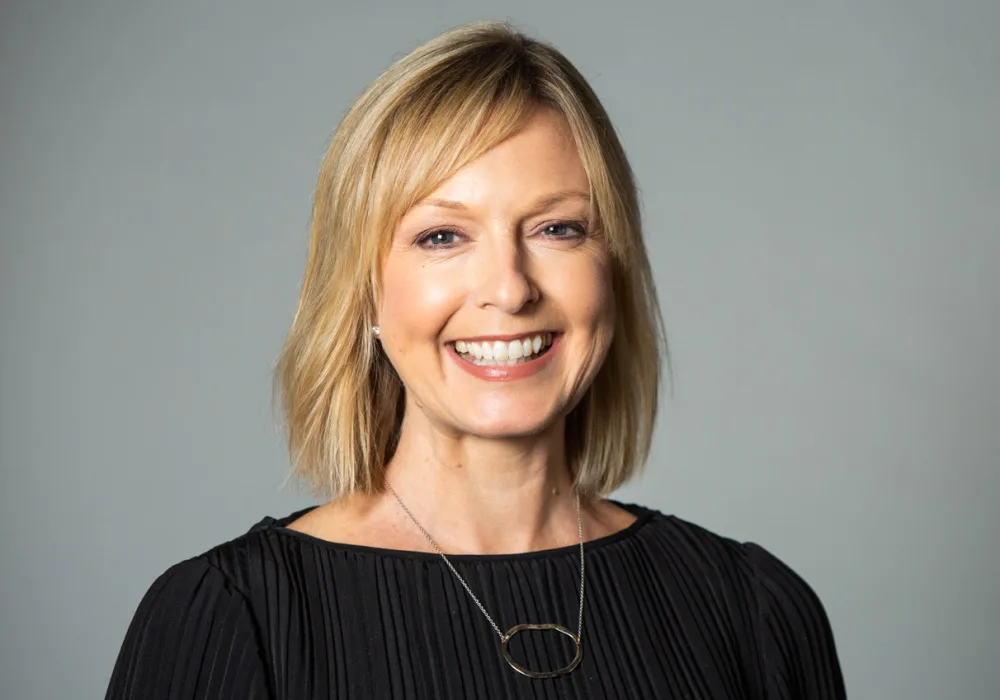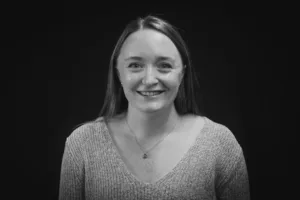Last week, the Advertising Association, ISBA, IPA, and Kantar revealed the results of UK advertising’s first industry-wide census focused on diversity and inclusion. The survey was delivered back in March following last year’s introduction of the Inclusion Working Group, which features representatives from Pearl & Dean, Saatchi & Saatchi, Channel 4, GSK, and Creative Equals, alongside the Advertising Association, ISBA, and IPA.
The All In Census received more than 16,000 responses – estimated to represent around 20% of the advertising workforce in the UK – and has triggered a global response, with 27 countries due to take part in a WFA version of the same survey this month.
“Throughout the last 12 months and more, the whole inclusion debate has just been amplified. People want to see change. I think it’s accelerated some of the issues for lots of groups of people, particularly where there’s intersectionality. It’s really given firepower to this work. So, rather than being in the way, it’s really helped us to think,” says Sharon Lloyd Barnes, Commercial Director at the Advertising Association.
“The census blew up out of us wanting to do some mapping of how the workplace is made up, because there was no data for the whole industry. The agency sector had been tracking, particularly ethnicity, age, and gender, for a long time. They have really good data for their sector, but there was nothing else for the rest of the industry of any great size. And, obviously, it wasn’t comparable either. So, we thought that we’d do a survey that is for everybody within our membership.”
Feeling marginalised
Perhaps the biggest piece of data to come out of the census is that almost a third of Black talent (32%) is likely to leave the industry over discrimination and/or a lack of inclusion. This feeling is shared by 27% of Asians, 26% of other ethnic minorities, 32% of Muslims, 27% of Hindus, and 26% of Sikhs.
Meanwhile, of those surveyed, 22% of Black talent has experienced discrimination versus 15% of Asians, and 14% of other ethnic minorities.
More positively, the proportion of Black (3%) and Asian (7%) employees match the UK working age population However, back to the negatives, there’s only 1% Black and 3% Asian representation in C-suite positions within the industry.
Some of this data is the reason why the Inclusion Working Group opted to place improving the experience and representation of Black talent within the first edition of its action plan, which outlines three things the industry should focus on to improve diversity and inclusion on the back of the survey’s findings. The other two initial steps of the action plan focus on disabled talent and talent from working class backgrounds.
“All three of the actions that we’ve decided to prioritise in the first volume of our action plan bubbled up to the top in terms of the anecdotal.
“If you read the temperature of the industry, we knew that social mobility was a big thing. When we launched the census back in January at our big industry summit, pretty much all the questions that came through on the live chat were around social mobility,” explains Lloyd Barnes.
“When it came to supporting Black talent, there was a tidal wave of response following George Floyd’s murder. There were lots of companies launching initiatives to support black representation like BRiM [Black Representation in Marketing], which features in the action plan, and Channel 4 launching ‘Black to Front’, a takeover initiative with Black talent. It was a case of making the most of that activity. The industry is already engaged, so let’s focus everybody’s attention on it,” she continues.
“The third one, being disability, we weren’t very surprised by the figures being what they were. If you look across the whole set of findings, those three are definitely within the top five things that need to be addressed pretty quickly.”
All action
In regards to Asian talent – who faced very similar experiences to Black talent – not being included in the initial iteration of the action plan, Lloyd Barnes points to the fact that having a “catch-all for all ethnic backgrounds is not practical or productive”. And this is something that Asian leaders, including Media for All‘s Naren Patel, within the industry have agreed with.
Within the ‘Asian talent’ bracket, there are people from very different backgrounds, religions, and cultures, so there are a wider range of challenges faced. Nonetheless, the group of Asian leaders that has been working with the Inclusion Working Group will lead on the action point for Asian talent, which should be published within the coming months.
Alongside plans to deliver an action point for Asian talent, the Inclusion Working Group is also working with Women in Advertising and Communication Leadership (WACL) to look at data around the gender pay gap and the finding that 53% of women who took parental leave feel it disadvantaged their career. And there’s work being done with Outvertising to look at the experiences of the LGBTQ+ community.
“We’re gifting the data to pressure groups within the industry so that they can help us work to determine what we need to do. And, as with the first volume of the plan, it will be just one specific call to action at a time,” says Lloyd Barnes.
“We hope to develop a really comprehensive framework for people going forward, but it’s going to be a few bite sized things at a time.”
Improving experiences
Moving forward, the plan is to carry out this census every two years. And, ahead of the next one, Lloyd Barnes would like to see more “really important” cross-generational and cross-discipline mentorship.
“There’s a beauty to growing older and having some wisdom, because you’ve lived through lots of life experiences and you’ve got different takes on things. But equally, you can learn from others, particularly others who’ve got very different backgrounds. I feel strongly that inclusion is actually for all of us, regardless of how you identify, and we should all be in listening and learning mode all the time. Diversity of thought underpins it all,” suggests Lloyd Barnes.
Furthermore, she hopes that, over the next two years, we begin to see the experiences of talent across the industry improve, so that we no longer see such a significant number of people wanting to leave over discrimination or a lack of inclusion.
“Rather than getting response numbers up and saying ‘we want more of this’, we want the experience levels to go down. We want to really see a decrease in the number of people that are thinking about leaving the industry. It’s all about retention in the next two years,” Lloyd Barnes concludes.









